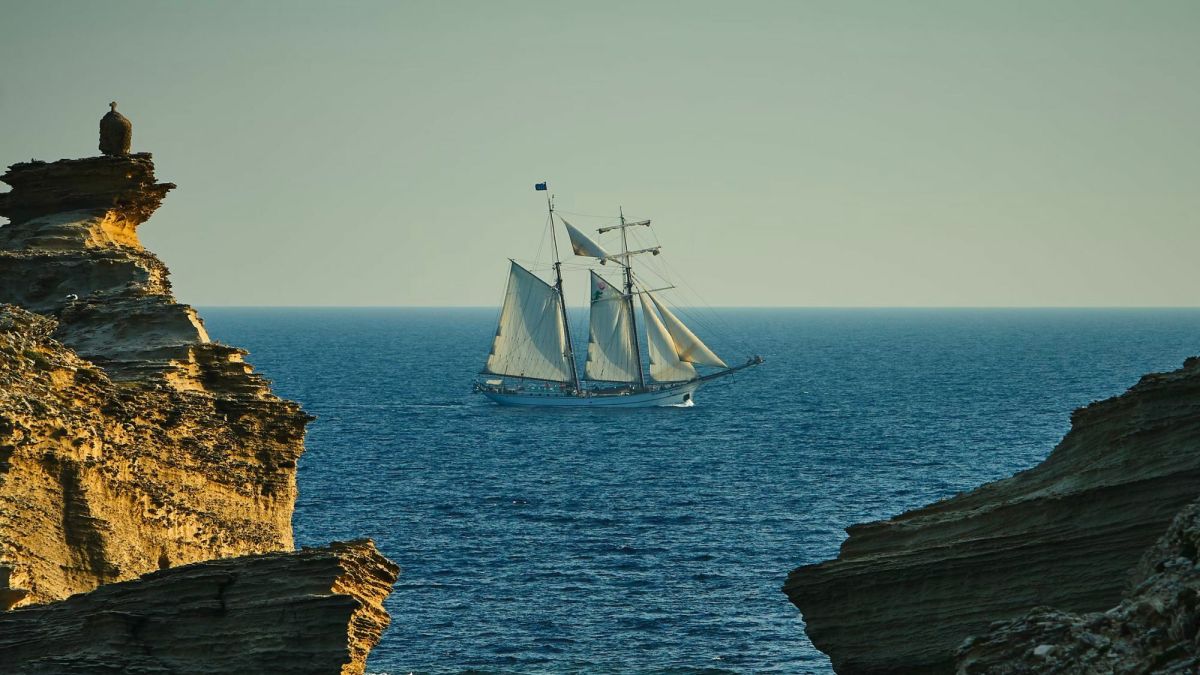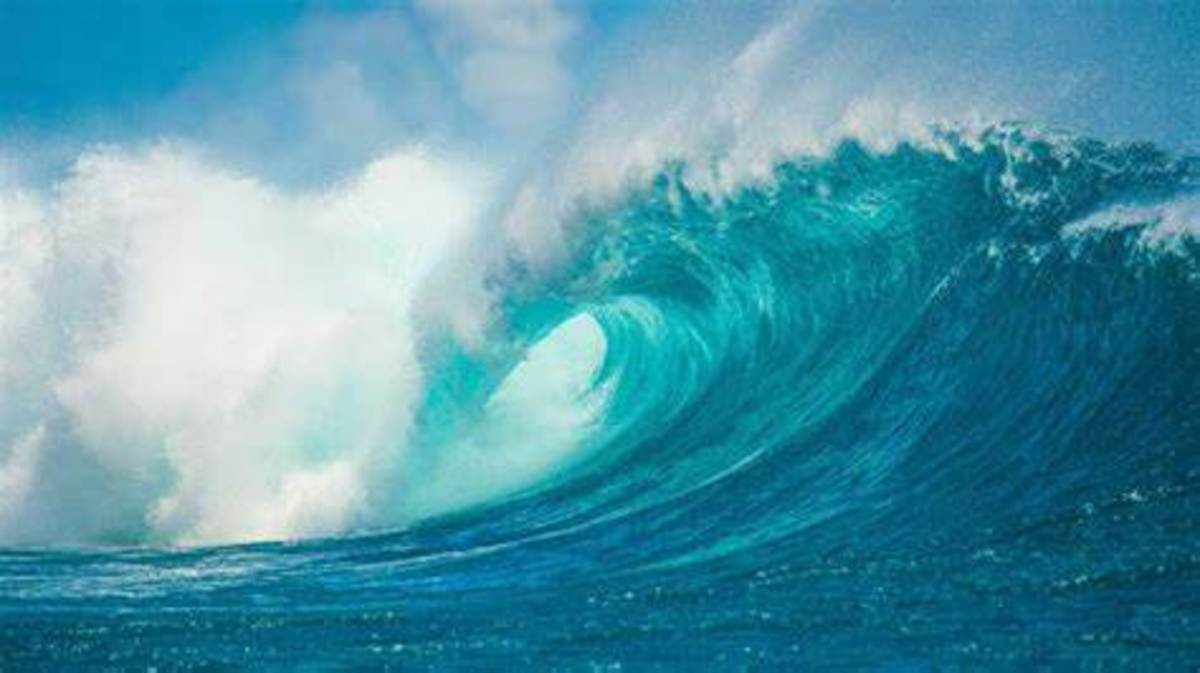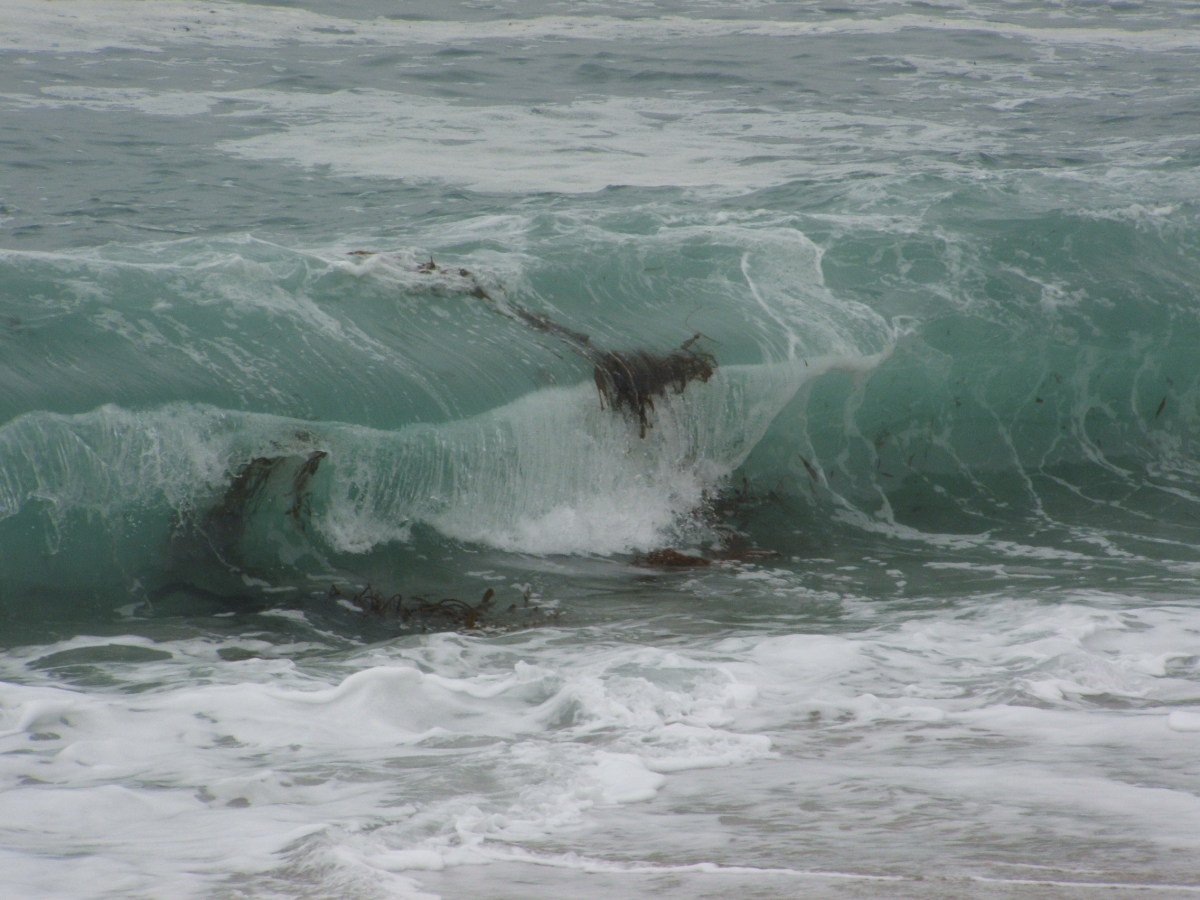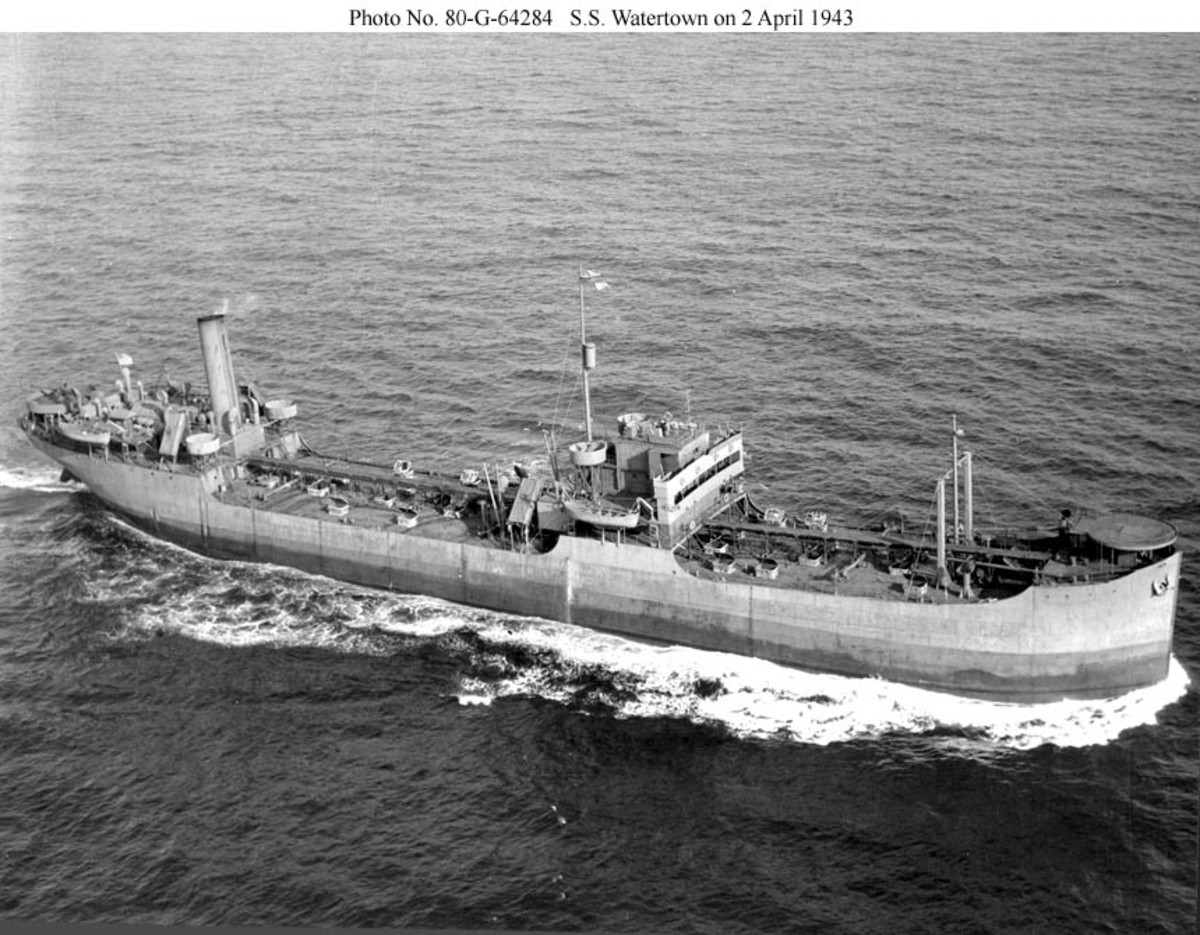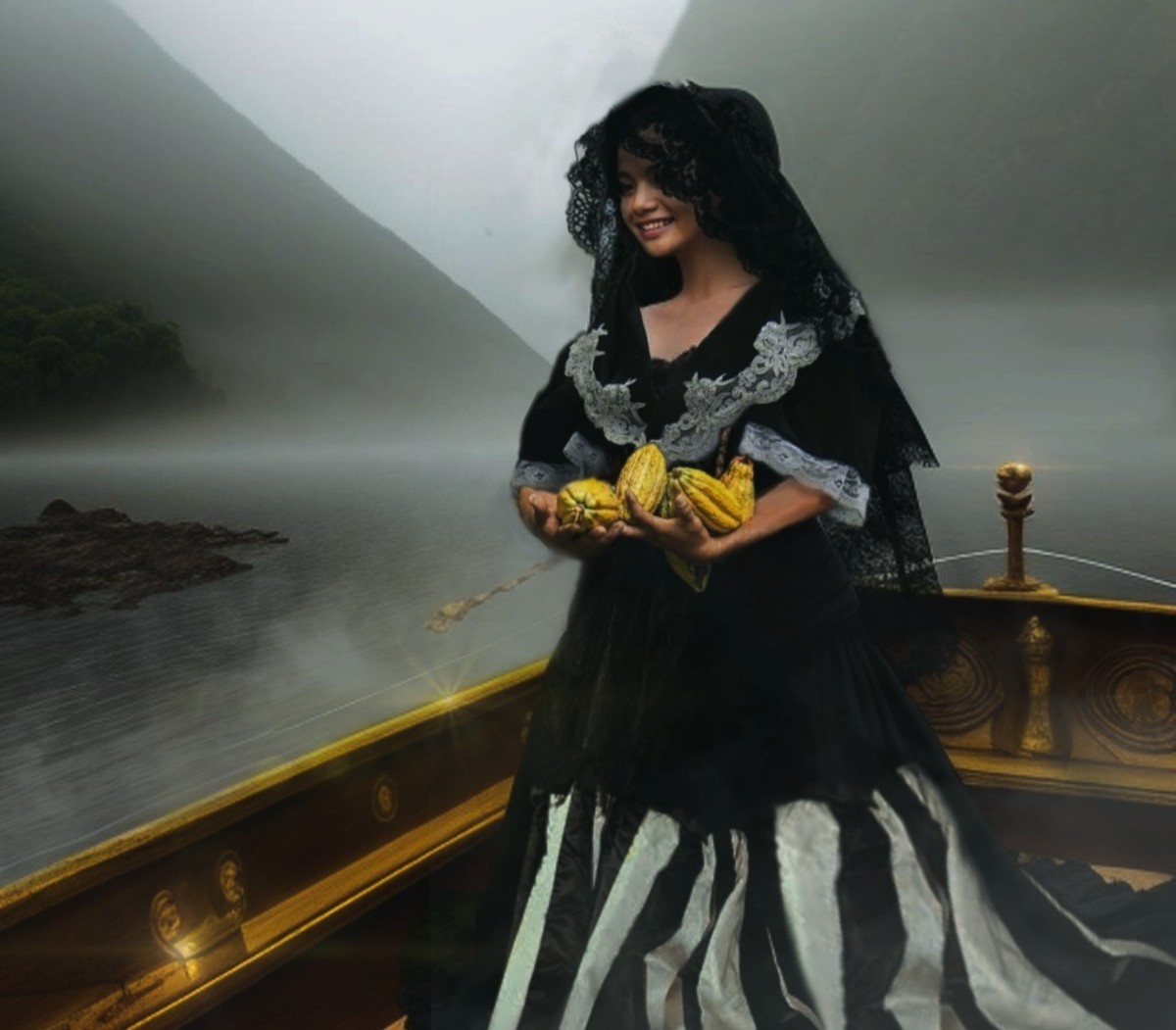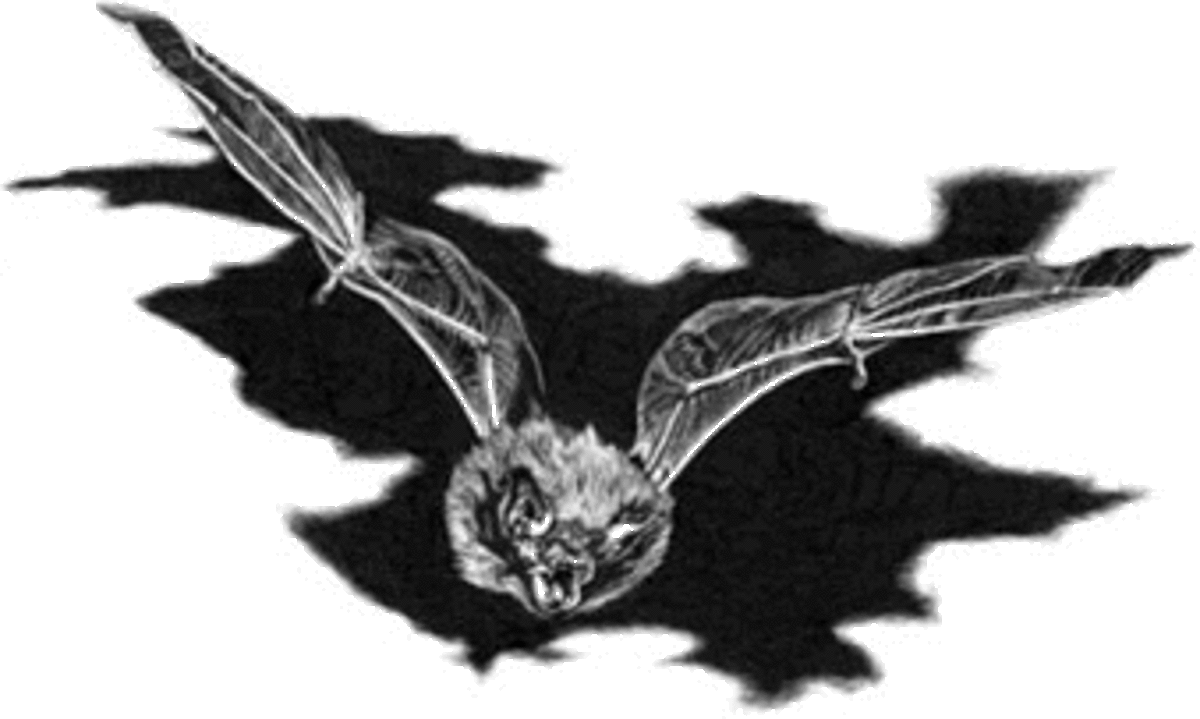Legends and Lore: The Flying Dutchman
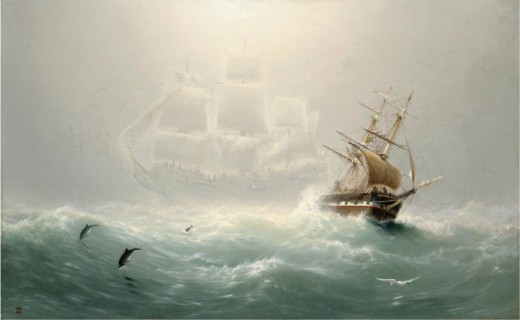
The Flying Dutchman
When you are standing on the white sands of a quiet beach, staring out into the deep blue of the ocean, do you think of what is out there? Do you think of the thousands of ships that sail the vast waters? The merchants, the yachts, the cruise liners? Do you think of the ones that have never returned? What about the ones that are cursed to sail the seven seas for all eternity?
The Flying Dutchman has been a legend and warning since the early 1600s. The tale is a sorrowful and powerful warning that has taught sailors and passengers alike to respect the might and authority of the ocean. Legend says that Captain Hendrick Vanderdecken (roughly translates to “The Dutchman”), commanded a ship in the early 17th century. Some say the ship was named the “The Flying Dutchman” and some say the title belongs to the captain himself.
The Flying Dutchman set sail for India for the East India Trading Company, as it had numerous times, to pick up supplies to bring back to Holland. As the ship made its return voyage, it encountered a violent and terrifying storm as it rounded the Cape of Good Hope. The winds were fierce and the waves lashed the sides and deck of the ship. The crew began to fear it as a superstitious warning that they needed to return. They begged the captain to turn back and wait out the storm in Africa.
As the winds picked up and lighting lit up the ink black sky, the crew began to grow more fearful. They pleaded with their captain who demanded they still keep sailing. Talk of mutiny began amongst the crew. One member decided to take matters into his own hands and attacked Captain Vanderdecken. The captain defeated the mutinous crewmember and threw him into the angry sea. The captain turned to his crew and shouted his curse, “We won’t give up! We will sail for eternity! We will sail until doomsday!” Lightning lit up the sky, blinding the crew. As the storm dissipated, the ship disappeared into the fog, never to be seen again. The captain had damned his crew and himself to an eternity of sailing the ocean and never being able to make port.
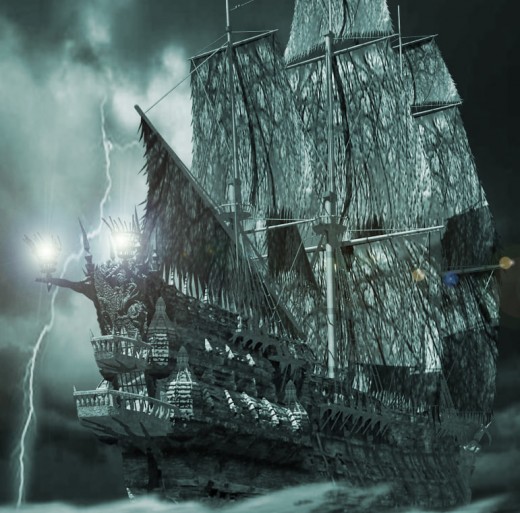
Sightings on the Sea
The ghostly ship is said to emerge from the fog on stormy nights. Its tattered sails and ghostly green glow are harbingers of doom. The ship is said to appear on the ocean near shore before a tragedy strikes or heralds the sinking of a nearby ship.
Sightings of the ship have been reported for over four hundred years. In 1951, Nicholas Monsarrat supposedly saw the ship in the Pacific during World War II. In 1881, Prince George (later King George V) and his brother were sailing for Australia when a ghostly ship suddenly appeared in front of them, bathed in an eerie light. They watched the ship glide past them and disappear as quickly as it appeared. Beach goers have also reported seeing The Flying Dutchman. When storms approach the Cape of Good Hope, it is said you can see the outline of a 17th century ship in the storm clouds.
Did you know that the Cape of Good Hope used to be called The Cape of Storms? No wonder The Flying Dutchman is stuck there!
Science!
This legend has been passed around the sea faring community for hundreds of years as a warning to those who would challenge the power of the ocean and put pride before them in the face of danger. As most myths and legends do, this story could have a scientific explanation.
Fata morgana, a complex type of mirage, could explain sightings of The Flying Dutchman. Hot, flat surfaces such as the horizon over the ocean or a long stretch of highway can create illusions. These mirages trick our eyes into seeing images that are not really there, such as an oasis in the desert or a large old ship on the surface of the water. As the viewer gets closer to the object, it disappears. This could account for people on the beach seeing the ghost ship on hot stormy days.
Boredom and fear can also explain sightings. Imagine being a sailor in the 17th century. You’re simply floating on a calm, empty sea, nothing around for hundreds of miles. The imagination can go into overdrive to keep the mind entertained. Now imagine you’re sailing into a raging storm. The ship is being tossed mercilessly in the waves. Fear overtakes you. Extreme fear and panic attacks can cause mild hallucinations. Perhaps these scientific explanations can explain The Flying Dutchman, but it doesn’t make the story any less entertaining.
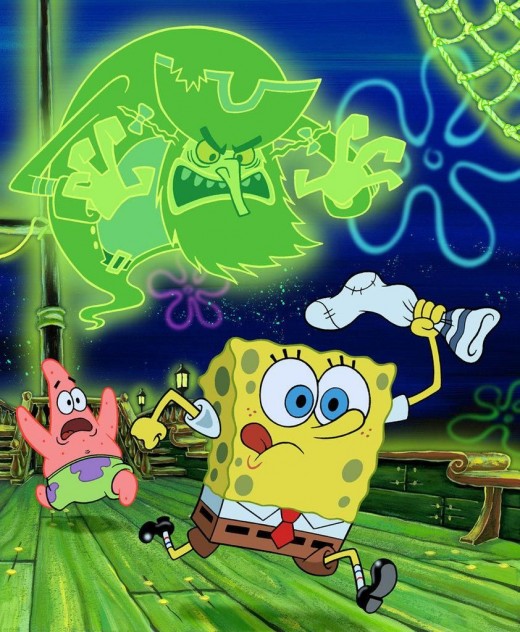
In Entertainment
The entertainment industry has used the story of The Flying Dutchman in different formats for years. TV shows such as Spongebob Squarepants have cast the Dutchman as a goofy and lovable ghost who’s trapped in the sea. Movies like Pirates of the Caribbean have been more focused on the darker side of the tale. Numerous books, poems, and artworks have been created with the Dutchman as inspiration.
Watch the Water
The next time you’re out at sea with a drink in your hand, relaxing and letting the salt air blow through your hair, look out into the distance. You may just see The Flying Dutchman.
Further Reading and References
© 2019 Lindsey Burek

